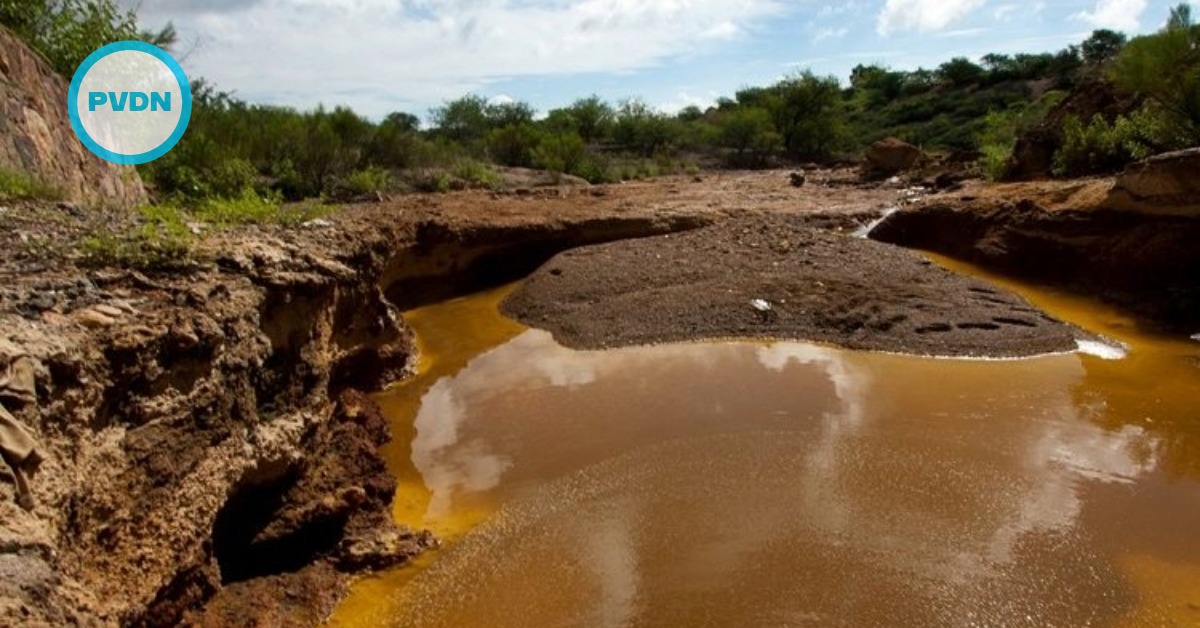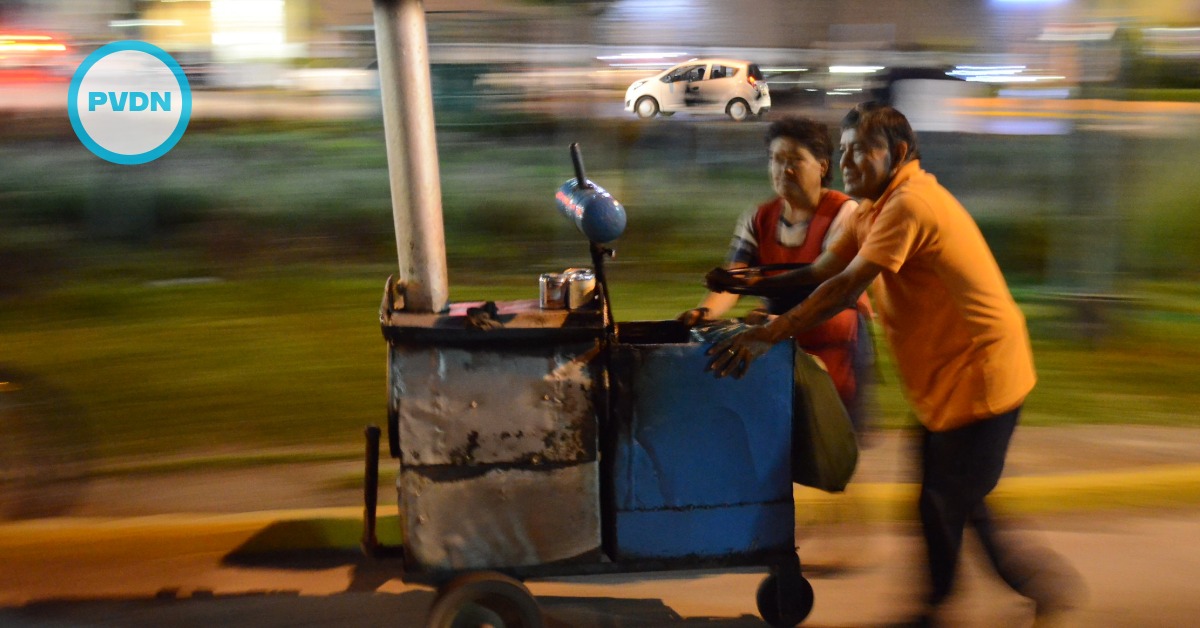Andrew Conrad, the head of life sciences inside the company’s Google X research lab, revealed the project on Tuesday morning at a conference here in Southern California. According to Conrad, the company is fashioning nanoparticles—particles about one billionth of a meter in width—that combine a magnetic material with antibodies or proteins that can attach to and detect other molecules inside the body. The idea is that patients will swallow a pill that contains these particles, and after they enter the bloodstream—attempting to identify molecules that would indicate certain health problems—a wearable device could use their . . .





